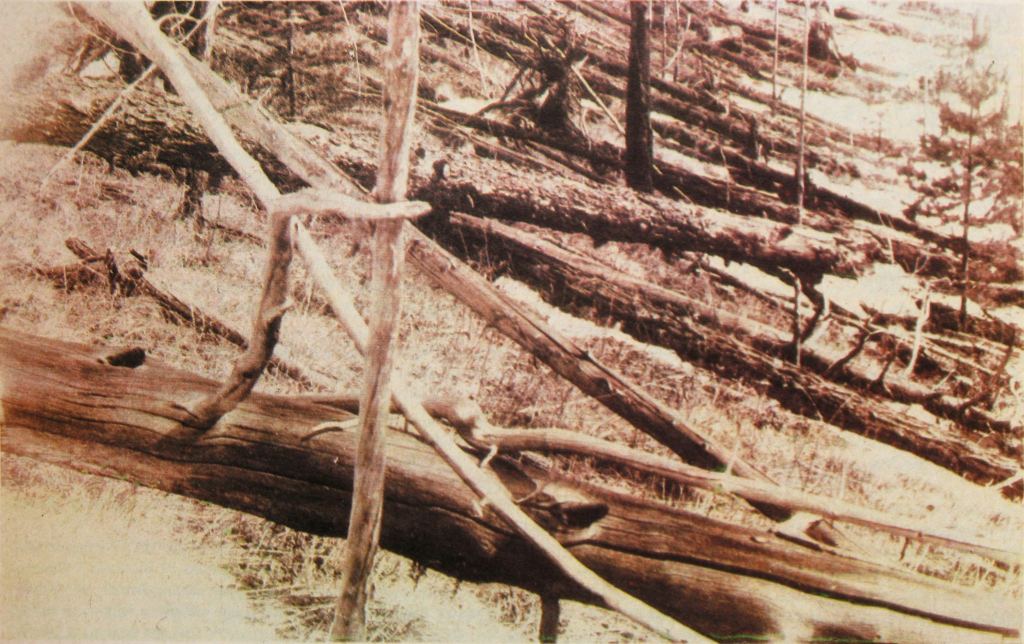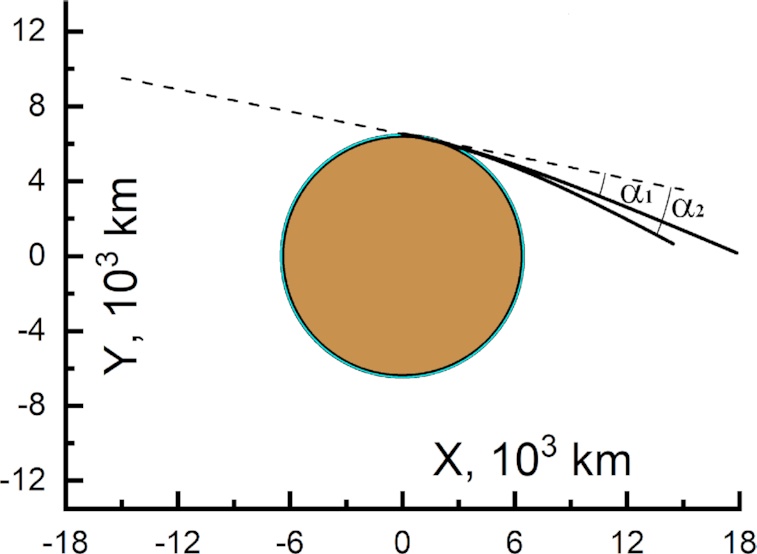On a cool Summer morning in 1908, a fireball appeared over Northern Siberia. Eyewitnesses described a column of blue light that moved across the sky, followed by a tremendous explosion. The explosion leveled trees across more than 2,000 square kilometers. The explosion is consistent with a large meteor strike, but to this day no evidence of a crater has been found. Now known as the Tunguska Event, its cause remains a mystery to this day.
One of the challenges in studying the Tunguska event is its remoteness. The region is sparsely populated, and the event only had a handful of witnesses. Scientific investigations of the event didn’t occur until the 1920s. It was then that the impact region was mapped and early searches for an impact crater were undertaken. By the 1960s it was clear the event was similar to an airburst nuclear explosion, with an energy of about 5 Megatons.

Given what we know, the most likely cause is an airburst asteroid strike, where the asteroid explodes in the atmosphere, similar to the Chelyabinsk meteor strike in 2013. Given the size of the impact region, it’s estimated that the original asteroid was nearly 70 meters across. This would explain why no large impact crater has been found.
But fragments of the Chelyabinsk were found soon after impact, and one would expect Tunguska fragments to have reached Earth. Despite several searches, nothing has been found. This has led some to look to other causes, such as a massive leak of natural gas, or even the explosion of an alien spacecraft. But a new study argues that there are no fragments because the asteroid didn’t fragment after all. Instead, it glanced off Earth’s atmosphere.

Meteors have been known to deflect off our atmosphere before. The most famous event was the Great Daylight Fireball of 1972. It was a rock the size of a truck that skipped across the upper atmosphere. The meteor was seen across parts of Utah and Wyoming. The team looked at whether a similar glancing impact could have created the Tunguska explosion.

To do this they modeled several scenarios. They considered bodies ranging in size from 50 – 200 meters and composed of either ice, stone, or iron. They found that the most likely scenario is an iron asteroid about 200 meters in size. If the object made a shallow impact on the atmosphere, coming to within 10 kilometers of the Earth’s surface, it would have remained largely unscathed and return to space to enter a near-solar orbit. It could still be orbiting the Sun to this day. The rapid compression of air near the asteroid would be enough to create the blast region observed.
While the study shows a glancing impact is a possible solution, there’s no way to prove it’s the true cause. As other researchers have pointed out, an icy comet could have also created the explosion leaving few fragments. We’ll probably never know for sure.
Reference: Khrennikov, Daniil E., et al. “On the possibility of through passage of asteroid bodies across the Earth’s atmosphere.” Monthly Notices of the Royal Astronomical Society 493.1 (2020): 1344-1351.

